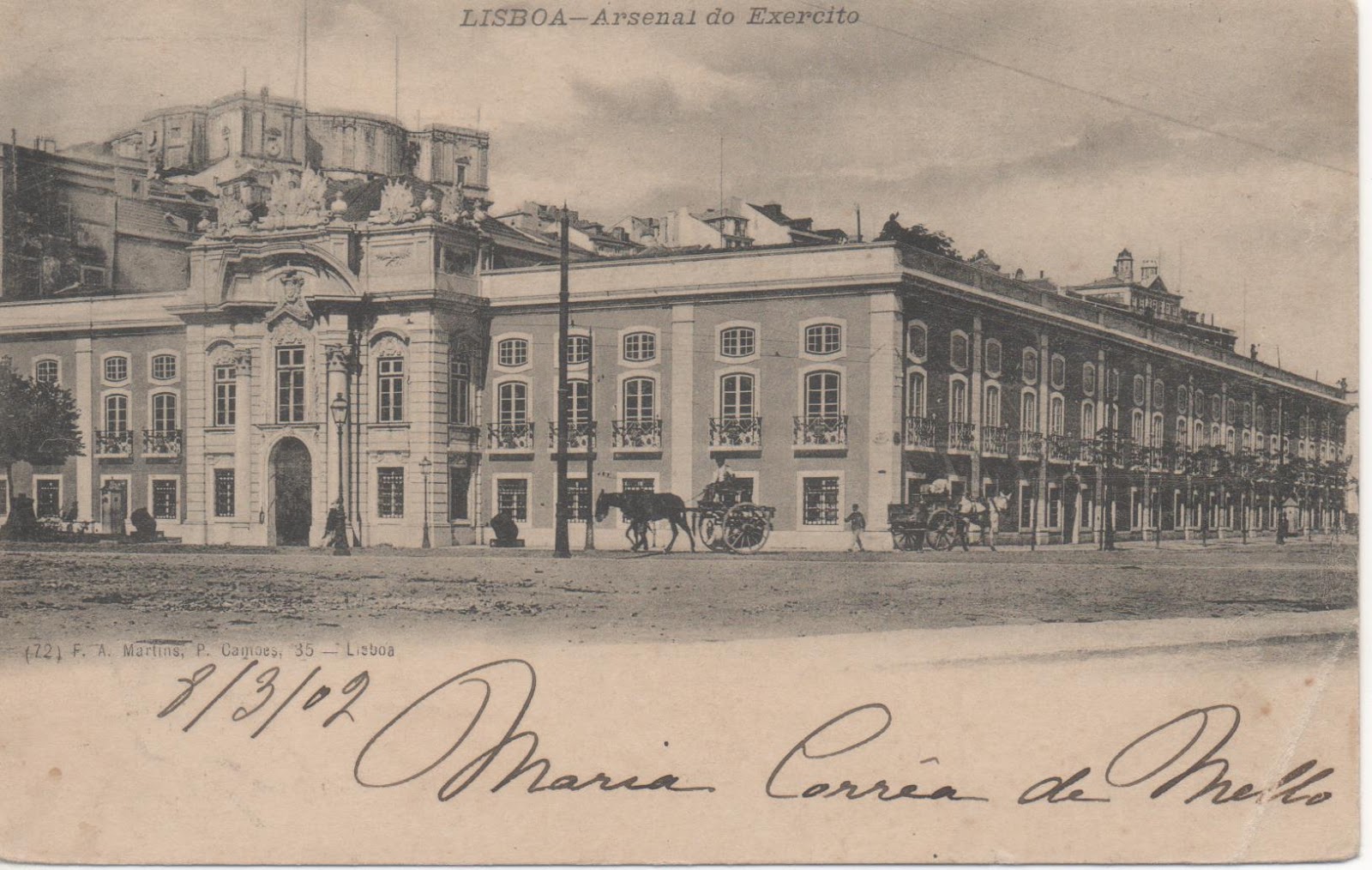Magnification: 6x
Aperture (objective diameter): 21 mm
Field of view: 6.8 °
Visible field of view (eyepiece): 41 °
Plasticity: 1.75
The closest focusing distance: 4.8 m
Width: 14.5 cm
Height: 10.8 cm
Weight: 435 g
Production date: 1908.
Binoculars Carl Zeiss Jena A.E.6x
In 1906-1907, Carl Zeiss radically changed the construction and the design of his binoculars (both “civilian” and military ones). Optical characteristics were significantly improved for the new devices (field of view and the lenses diameter were increased, while optical aberrations were reduced), and the devices’ construction was also changed: the central hinge and the “ears” for the neck strap were not attached to the binocular with the help of screws any more - they became the whole part with it instaed, an eccentric lens alignment system appeared and the design of its frame changed, prism covers spanned the binocular body and they were lubricated with a special compound at the joints with the purpose of tightness improvement. In addition, the prisms inside the binocular were no longer pressed by prismatic covers, but they were fixed with special flat springs, which increased the device reliability significantly.
This extremely rare military device is a complete analogue of Carl Zeiss D.F.6x binocular https://binocollection.com/catalog/binoculars-carl-zeiss-jena-df6x-2.html. In 1908 a small batch of these devices was manufactured for the Army arsenal by Portuguese government order (Arsenal do Exército - hence the model designation A.E.). In addition to this model, Portugal also bought 8x30 binoculars. Several hundred pieces of these two models were purchased in total until the beginning of 30s of the last century.

This extremely rare military device is a complete analogue of Carl Zeiss D.F.6x binocular https://binocollection.com/catalog/binoculars-carl-zeiss-jena-df6x-2.html. In 1908 a small batch of these devices was manufactured for the Army arsenal by Portuguese government order (Arsenal do Exército - hence the model designation A.E.). In addition to this model, Portugal also bought 8x30 binoculars. Several hundred pieces of these two models were purchased in total until the beginning of 30s of the last century.

Army Arsenal Building, Lisbon. Postcard from 1902.
So far, two modifications of A.E.6x binoculars are known among collectors:
1st version: the 6x21modification, where the lens frame and the lower prismatic cover are made as one component and having the eyepieces case with the “transverse” knurling (see photo).
2nd version: the 6x21modification, the one with double-ring type lens frames (starting from 1909);
The considered binocular belongs to the 1st version (the lens frame and the lower prismatic cover are made as one component) and it was released in 1908. The device’s serial number “131599” falls into the Telact 8x model batch (131501 - 132100). It is obvious that a small number of the latest serial numbers of this batch have been assigned to the “A.E.6x” model. This binocular’s marking is extremely interesting: there is also a serial number “131599” in addition to a traditional “Carl Zeiss Jena” logo on the left prismatic cover. Such serial number position was met rarely at that time. In addition, there is another number on the right front prismatic cover edge, which coincides with the serial number – namely “131599”. There is also a third number, located on the right prism cover under the “A.E.6x” model designation – it is “99” (see photo). Perhaps, it is the military acceptance number, and “131599” is just a serial number duplicated twice. This question is still open.
The inscriptions on the front prism covers are made in block letters with the help of silver alloy on the background of Carl Zeiss Tessar photo lens schematic image (early models had inscriptions made in italics until 1904).
The upper prism cover width is equal to 42.5 mm; the binocular’s height from the lens barrel lower cut to the upper prism cover is equal to 65 mm. The eyepieces’ base diameter is equal to 20.5 mm. The prism covers are made of brass and they are attached to a binocular with the help of three screws.
The binocular’s “military" application is proved by the large diameter of the central hinge clamp (lock). The interpupillary distances scale is indicated on the upper hinge disk. The eyepieces’ grooves (the knurling) are located perpendicularly to each other (the “transverse” knurling). The eyepieces have a diopter scale for sharpness adjustment.
The device has a goniometric grid in the left eyepiece (see photo). The grid position is unusual because it was mainly installed in the right eyepiece.
The binocular has preserved rather well, it possesses a complete set, including coffer straps and the straps for the binocular itself. There is a socket with a spare eyecup inside the coffer (see photo). The coffer itself has military signs of application: a wide loop for attaching it to a waist belt, rotating side belt loops. The coffer top cover is made using seamless technology, the upper part of the coffer has brass rim for reinforcement (see photo).
